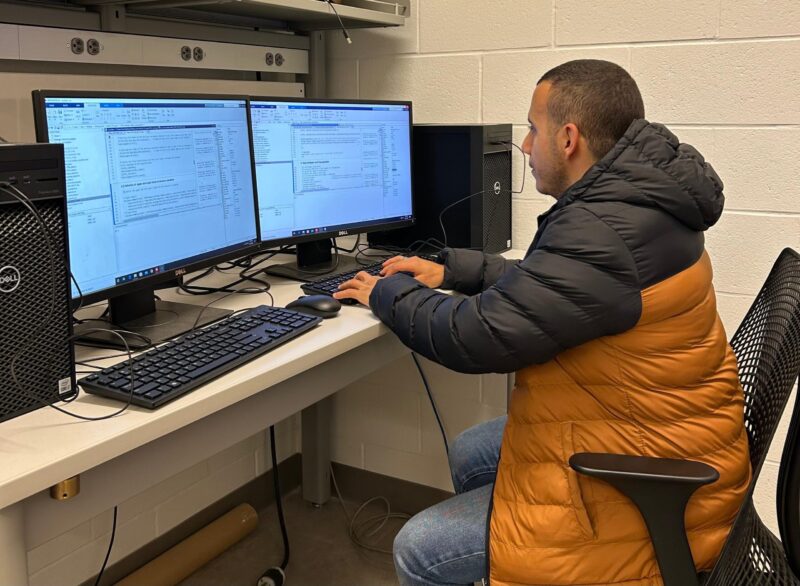
Electrical power systems are essential for providing energy to homes, businesses, hospitals and other sectors, ensuring the seamless operation of society. However, as the demand for energy grows and these systems become more complex, they are increasingly susceptible to cyberattacks that can disrupt daily activities and pose serious, potentially life-threatening risks. To help protect these systems and the communities they support, researchers at York University's Lassonde School of Engineering are advancing a new approach to cybersecurity.

Ahmed Abdelaziz, a PhD candidate in Lassonde's Department of Electrical Engineering & Computer Science, is playing a crucial role in this work on power systems innovation, under the guidance of Professor Hany Farag.
More specifically, Abdelaziz is applying his expertise to detect cyberattacks and pinpoint their location within a power system using a novel approach known as feasibility area.
“By detecting an attack and identifying its location, we can then work towards a mitigation strategy,” he says. “We are specifically focused on protecting systems against stealth infiltrated cyberattacks. These occur when the attacker’s main objective is to remain undetected.”
By leveraging machine learning to analyze large datasets and uncover hidden patterns, this strategy can help predict the likely location of attacks. This technique not only simplifies the detection process but also provides an edge in protecting critical infrastructure against evolving cyberthreats.

Recently, the promise of the feasibility area approach was validated in a paper published in the Institute of Electrical & Electronics Engineer’s (IEEE's) Transactions on Information Forensics and Security journal. The work was also recognized during the Best Paper session at the 2023 IEEE Power & Energy Society General Meeting, the premier annual power and electrical engineering event that brings together industry leaders from across the globe.
The two-stage method has demonstrated its effectiveness in identifying anomalies within power system data and detecting the presence of a cyberattack. The results underscore its potential for early detection and rapid mitigation, marking significant advancement in cybersecurity technology.
“One thing that’s great about this method is that it doesn’t require new information, so there’s potential to use it in other domains like abnormal event detection or object identification,” Abdelaziz says.
Looking ahead, Abdelaziz will further refine the feasibility area approach and explore innovative methods for aiding power systems in recovering from cyberattacks. His work exemplifies the broader impact of graduate students at Lassonde who are at the forefront of technological innovation.
